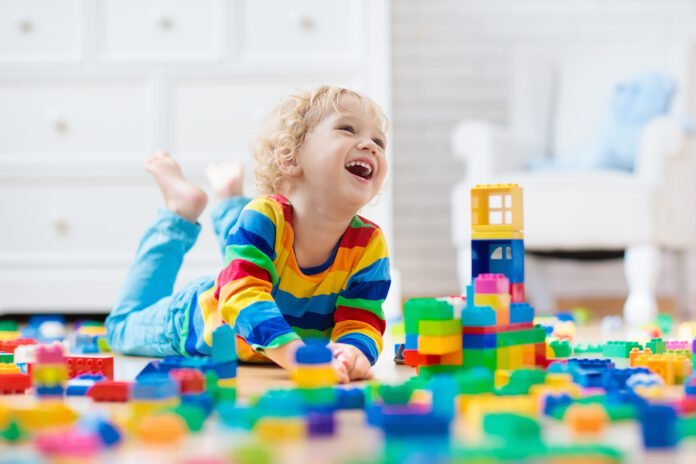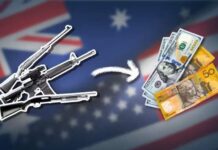
Every year, thousands of children visit emergency rooms due to toy-related injuries. Parents can help reduce these incidents by selecting age-appropriate toys and monitoring children while they play.
Buy toys that adhere to national safety standards. Any older or hand-me-down toys could potentially not comply with modern safety requirements and should be avoided. It is just better to buy modern animatronic dinosaurs than old dinosaur toys.
Age-Appropriate
Many toys include age ranges to help parents determine whether a toy is appropriate for their children, but an even better indicator is how children play with toys; if they engage in offensive or sexualized play with them, this might indicate inappropriateness.
Toys that promote open-ended play can foster creativity and imagination. Such toys often include household objects or repurposed items like empty boxes and plastic containers that may also be less likely to disintegrate after only limited usage. Plus, they tend to be more affordable and less prone to breaking apart quickly!
As children get older, they begin exploring new interests and acquiring new abilities. It is essential to select educational toys that nurture these interests and talents – such as phonics boards or tablet-based games with parent-approved content – which encourage growth. Avoid beeping sounds or negative reinforcement when mistakes are made as this could prevent learning; look instead for toys which praise success while offering opportunities for retries.
Safety Labels
When purchasing toys, parents should first look at age recommendations, but that shouldn’t be their only safety consideration.
Each year, children are treated at emergency departments after playing with toys that pose hazards that range from choking to poisoning. While stricter toy guidelines have been issued by governments worldwide, manufacturers and parents must remain vigilant to make sure the products they sell conform to these standards.
Check for small parts with labels warning against potential choking hazards, UL labels on electrical toys and an “ASTM D4236” mark that indicates toxicologists have reviewed all ingredients present.
Even with stringent government regulation and age recommendations, warning labels alone cannot protect children from potentially hazardous toys. That’s why it’s vital for shoppers to ask a few quick questions when purchasing toys this holiday season – TODAY’S TMJ4 visited Walmart, Target and Family Dollar in Milwaukee County looking at multiple toys specifically marketed toward kids.
Avoid Choking Hazards
Many toys contain small parts that could be pulled apart and eaten by young children or could block their airway if inhaled. As children under 3 tend to put everything they find into their mouths when exploring their environment, this should be taken into consideration when shopping for toys. It would be prudent to look for toys with large pieces that cannot be broken off or detached easily as these may prevent accidental ingestion by infants; long strings and ribbons could potentially strangle an infant’s necks as well.
Button batteries and magnets may present a choking risk for children, as can yarn, beads, coins, deflated balloons, paper clips and sewing needles. A choking test cylinder (available online retailers) or cut toilet paper tube should be used to check toys for potential hazards before giving them to young children. In addition, be sure to regularly monitor recall notices posted by CPSC website.
Check Recalls
Although most toys only cause minor cuts and bruises when used inappropriately by children, others can be dangerous if not used with care. Choking and poisoning injuries have been caused by toys; so keeping up-to-date on toy recalls is vitally important to parents.
Before purchasing toys for children, look for signs that indicate their non-toxicity, such as “non-toxic” on the package and toys that have lead-based paint or chipped paint that could contain hazardous chemicals or heavy metals.
Consumer Product Safety Commission (CPSC) provides an excellent resource for tracking toy recalls and other consumer items, with alerts available via e-mail for food, drug, or other consumer items that have been recalled. This website even allows you to sign up for alerts of food recalls!
Keep in mind that the Consumer Product Safety Commission is a small agency with limited resources and moves slowly due to industry and political opposition, and therefore should not replace your responsibility of inspecting toys and equipment yourself. But it would be prudent to stay aware of major flags issued annually by the CPSC, such as toxic substances or potential choking hazards in toys.
Read Also: Advice for Aspiring Early Childhood Educators


































































